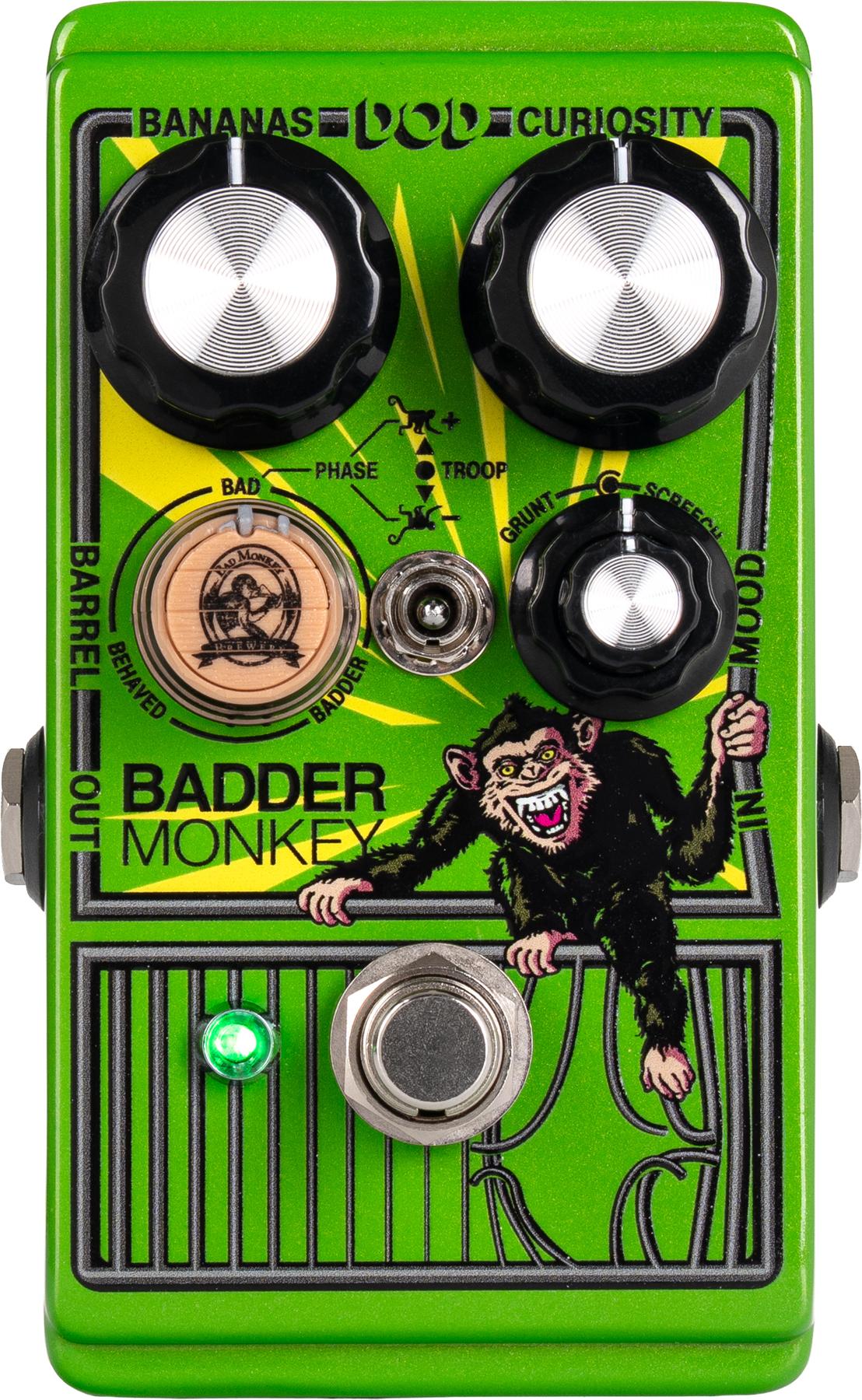Handwired in Hollywood with NOS components, these pedals deliver classic tones reminiscent of iconic rock albums. Get authentic vintage tone with modern reliability.
Rock N’ Roll Relics, known for crafting beautifully aged guitars, is stepping into the world of guitar effects with two new stompboxes: The StingerBoost and The Stinger Drive. True to the brand’s vintage aesthetic and rock ‘n’ roll spirit, these pedals are handwired in Hollywood and built to look, feel, and sound like they’ve been gigged for decades.
The Stinger Boost: This single-transistor boost features a Dallas Rangemaster-style circuit, with a NOS (New Old Stock) Fairchild Silicon transistor and a NOS Sanyo Germanium transistor. The circuit is modified beyond a typical Rangemaster to provide wider bandwidth for more of a full-range, mid-focused boost. The rest of its small components are all high-quality NOS, sourced from 1970s stockpiles. It’s completely hardwired and uses vintage-style clothwire, including a true bypass footswitch switch.
The Stinger Boost delivers classic midrange honk that cuts through any mix. Its switchable silicon and germanium circuit lets you dial in everything from glassy bite to warm, vintages aturation. The germanium mode provides a smooth and warm boost, and the silicon circuit delivers a brighter, hard-edged push. The pedal’s single Boost knob offers everything from a subtle push to a full-on vintage-style gain boost. Think back to the classic lead tones of theBeano album, the melodies of Queen, and the blues shredding of Rory Gallagher: that’s what you’re getting with the Stinger Boost – capable of over 30dB of gain with a midrange bump.
The Stinger Drive: Inspired by the iconic MXR Distortion+ and DOD250 pedals, the StingerDrive features Volume and Gain controls to dial in rich, midrange-forward drive with a smoother high end than traditional circuits. Built using a mix of NOS and modern components, this pedal delivers sought-after vintage tone with modern reliability.
The Stinger Drive features an LM741 asymmetrical hard clipping circuit utilizing a germanium diode and silicon transistor, pushing forward loads of even-order harmonic distortion. It provides more volume than a vintage overdrive and also more gain which, at its maximum, stands on the knife’s edge of oscillation for really hairy tones.
Combining old-school looks with modern reliability, each Rock N’ Roll Relics pedal is hand-agedand uniquely relic’d, making it look like it has spent 30 years on the road. Open one up, andyou’ll see true vintage-style wiring, with all components on full display—just like they did back inthe day.
- NOS transistors & hand-selected components for authentic vintage tone
- 9-volt operation via external power supply or on board battery
- Individually hand-aged enclosures for a one-of-a-kind look
- True bypass switching
The Rock N’ Roll Relics Stinger Boost carries a $279 street price and the Stinger Drive carries a $289 street price. They’re available from Rock N’ Roll Relics dealers and direct from RockNRollRelics.net.
For more information, please visit rocknrollrelics.com.











![Rig Rundown: Russian Circles’ Mike Sullivan [2025]](https://www.premierguitar.com/media-library/youtube.jpg?id=62303631&width=1245&height=700&quality=70&coordinates=0%2C0%2C0%2C0)









